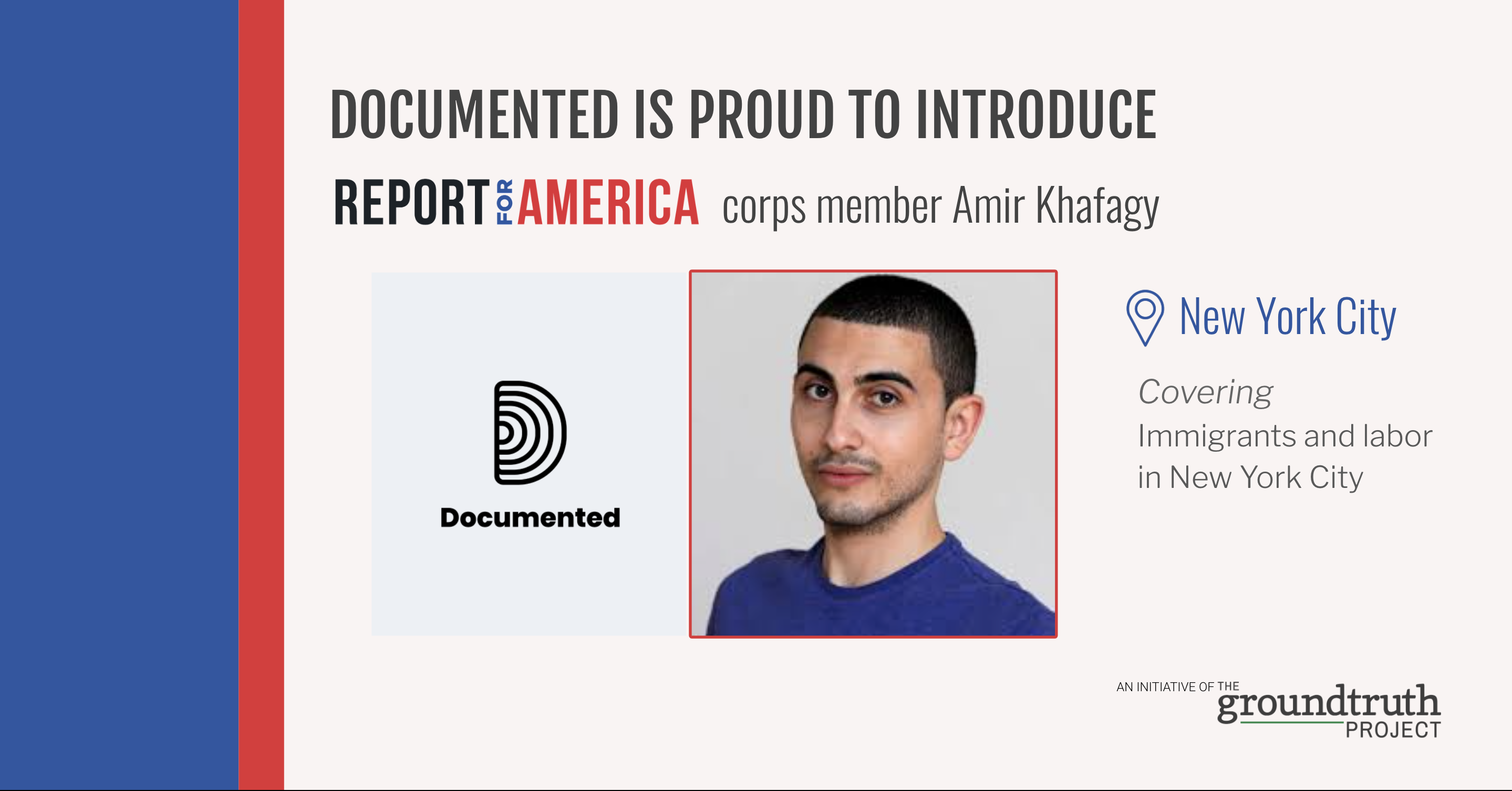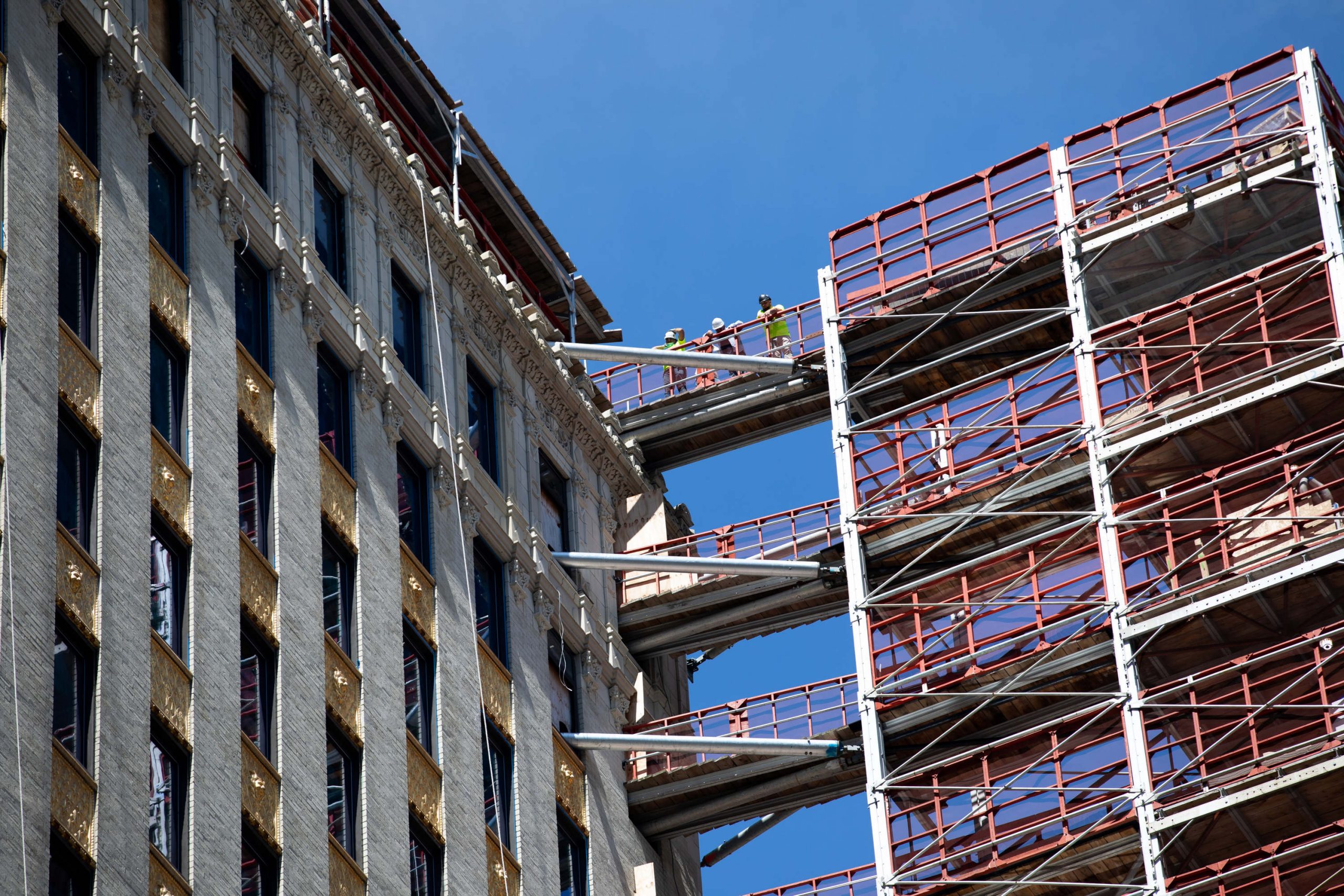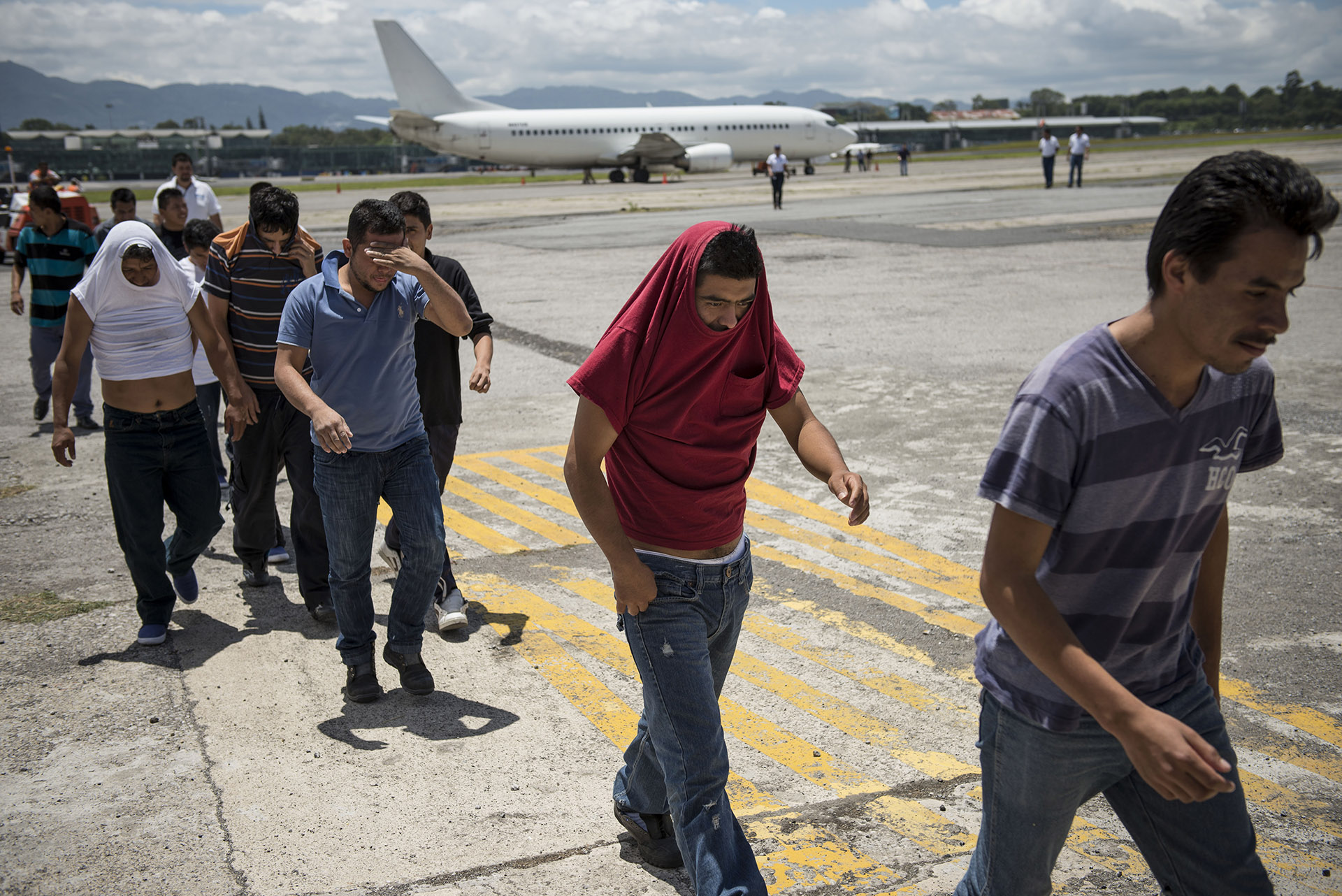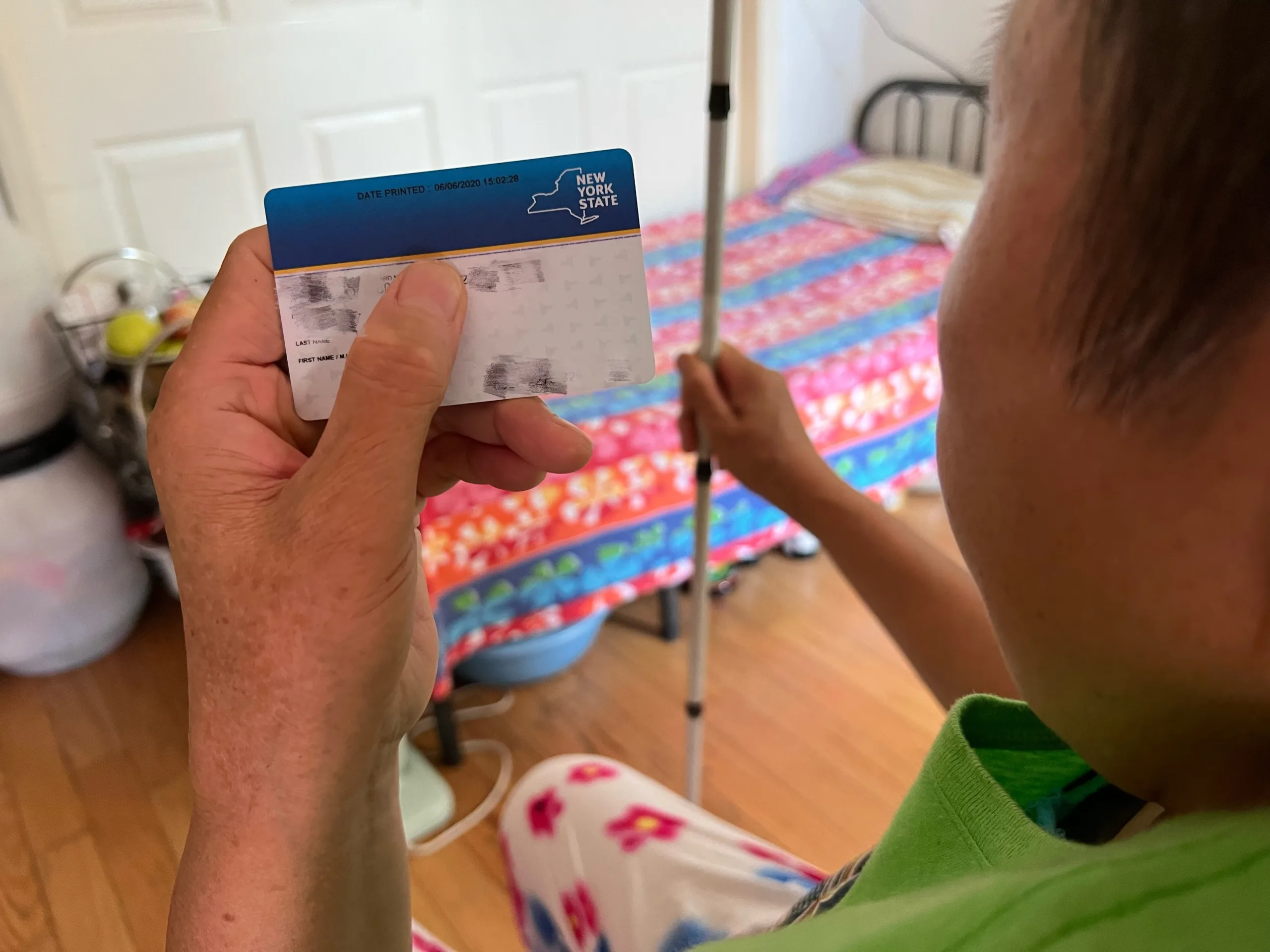Amir Khafagy has joined Documented as a Report For America corps member. For the next year, he will cover labor as it relates to New York’s immigrant communities.
The pandemic heightened awareness around the many difficult, dangerous and low paid jobs that exist to keep NYC running. Award-winning journalist Amir Khafagy will cover a range of issues including the reliance of restaurants on immigrant workers, the connection of the construction industry with state politics, and the role of immigrant labor in the technology industry. He has been a writer with Documented since 2020 and has covered many immigrant labor struggles, including the 2021 taxi workers strike.
A lifelong New Yorker, Amir Khafagy was born and raised in Jackson Heights, Queens into a working-class, Muslim family. His mother is Puerto Rican and his father is an immigrant from Egypt. He is also the author of the upcoming book “Making Good Trouble on Staten Island: Chris Small’s Battle to Unionize Amazon” published by OR Books.
How do you center the local immigrant experience in your work as a labor journalist?
To thoroughly report on the immigrant experience, you have to report on their labor experience because many immigrants are working-class people. Language and culture may seem like barriers, but if you meet people where they are and allow them to not only tell their own stories but be active voices, not just passive victims, the authenticity of a piece will come across on the page.
Out of your coverage of recent labor struggles, what are you proudest of having written? Did working with these organizers give you any new insights into being a labor journalist?
It’s hard to pick any one story I’m proud of the most. I’ve written so many. I guess what I’m truly proud of is having written about the resurgence of the labor movement during the pandemic. It’s very rare to be on the ground as history is actually being made. Across the country, working people are standing up to their bosses and refusing to accept exploitative working conditions anymore.
Also Read: Pregnant, Sick, Homeless and Afraid: Bronx Fire Survivors Say the City is Not Doing Enough
The pandemic really exposed the dark underbelly that working people were forced to endure for so long. The added hardship of a pandemic was more than enough for them to revolt. Getting to cover that critical, historical moment was such a privilege. Coming from an organizing and labor background myself, rooting on the new wave of labor organizing has really restored my faith in the future of the labor movement.
What made you interested in journalism and what brought you to Documented?
Ever since I was a kid, I wanted to be a journalist. Well, actually I also wanted to be a movie director, a cartoonist, an actor, and a politician. But believe me, journalism was right up there too. The idea of exposing institutional hypocrisy and speaking the truth to power really excited me. Not to mention I was a big fan of the old TV show, Kolchak: The Night Stalker and that show really made journalism look awesome.
When I became an organizer and activist I met many journalists, including Max Siegelbaum, covering stories that I was organizing around. Unfortunately, so many of the journalists I met did not look like me or were from the neighborhoods I was from or organized in. They did not share the same experience or have a similar worldview. To make a long story short, one day I decide that I would take a crack at journalism myself.
Around 2017 I decided to seriously pursue journalism. I was already in grad school for Urban Policy, so a lot of my term papers felt like reporting anyway. When I met Max and he told me about Documented, I was so eager to get involved. A newsroom devoted to immigrant New Yorkers was a dream come true. Here was this opportunity to report on stories from an experience and perspective I was intimately familiar with.
There were few outlets that allowed me to explore my own backyard to the same extent. Documented also shared the same values that I had about partnering with the communities we are covering. It was also a newsroom that was open to taking a chance on relatively young and inexperienced journalists and allowed me to grow into the journalist I am now. I can’t express how excited I am to grow even further.
Through your reporting, you’ve been able to track how immigrants organized to improve conditions around work, housing, and public benefits to survive the early days of the pandemic. Is that momentum still strong or is it transforming?
I think it’s even stronger now than it was before. As the Mayor frantically tries to return the city back to “normal”, working-class immigrant communities are refusing to accept a return to normalcy because of normal means invisibility. If there is any good thing to say about the pandemic it’s that pandemic brought to light the long-simmering issues immigrants in this city have been tackling for so long. Wage theft has long been a pandemic for immigrant workers. So has the taxi medallion crisis, street vendor harassment, sex worker criminalization, and construction worker deaths. The pandemic was the catalyst that workers needed to fight back. They just had enough. Now that their struggles are visible, the fight now is to remain visible. Here at Documented, we’ll work our hardest to keep them visible.
What are you most excited about with your new role? How can our readers support you as you continue to cover labor in New York?
It’s going to be an exciting year for sure. I got a laundry list of story ideas that I just can’t wait to report on. At the risk of sounding overly ambitious, I want to help make Document the premier source of immigrant labor news in the country. For instance, exploring the wage theft epidemic in this city is a top priority. I like to see my reporting as a collaboration with affected communities. I want our newsroom to be a space where immigrant communities feel comfortable enough to have a sense of belonging. Far from parachuting into a community to report a story and fly out, my reporting will be rooted in the communities I’ll be reporting on. Being that I live in Jackson Heights, Queens, I’m deeply embedded in the immigrant experience. I could be easily found walking the busy streets of Downtown Flushing, or under the roaring 7 train in Jackson Heights. My eyes and ears are always on the lookout for the next story.
People can directly pitch Amir Khafagy labor stories or send tips via Twitter at @AmirKhafagy91 or email at amirkhafagy@gmail.com. Sign up for the Early Arrival newsletter to follow Amir Khafagy as he covers immigrant labor in New York.














